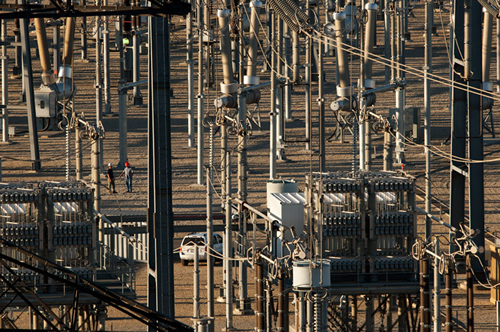
The Vincent substation along California’s State Route 14 is crucial to bringing wind and solar power to the Los Angeles Basin. Photo: Joe McNally
If you think about it, it’s a marvel of modern engineering that most of us aren’t even aware of "The Grid". Yet it is what made modern life possible. When you watch TV, work on the computer, or even turn the light on, you’re using the electricity and that juice comes to your house via the electrical grid.
"The electrical grid is still basically 1960s technology," says physicist Phillip F. Schewe, author of The Grid. "The Internet has passed it by. The meter on the side of your house is 1920s technology." Sometimes that quaintness becomes a problem. On the grid these days, things can go bad very fast.
When you flip a light switch, the electricity that zips into the bulb was created just a fraction of a second earlier, many miles away. Where it was made, you can’t know, because hundreds of power plants spread over many states are all pouring their output into the same communal grid. Electricity can’t be stored on a large scale with today’s technology; it has to be used instantly. At each instant there has to be a precise balance between generation and demand over the whole grid. In control rooms around the grid, engineers constantly monitor the flow of electricity, trying to keep voltage and frequency steady and to avoid surges that could damage both their customers’ equipment and their own.
When I flip a switch at my house in Washington, D.C., I’m dipping into a giant pool of electricity called the PJM Interconnection. PJM is one of several regional operators that make up the Eastern grid; it covers the District of Colum bia and 13 states, from the Mississippi River east to New Jersey and all the way down to the Outer Banks of North Carolina. It’s an electricity market that keeps supply and demand almost perfectly matched—every day, every minute, every fraction of a second—among hundreds of producers and distributors and 51 million people, via 56,350 miles of high-voltage transmission lines.
So it should worry you that the grid is sick. America’s electrical grid infrastructure is a patchwork of networks built with antiquated equipments. Over decades, this infrastructure has fallen behind the nation’s ever-growing demand for electricity. So, how do we fix it? (And for those of you who shout "no more oil" should know that our "addiction" to foreign oil has nothing to do with electricity – oil is predominantly used for transportation, not electricity).
Joel Achenbach of National Geographic wrote a fascinating article about the Electrical Grid (with fantastic photos by Joe McNally): Link – Thanks Marilyn!
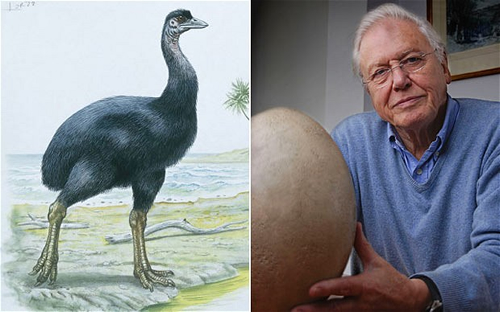
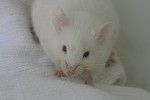 In an article in The Proceedings of the Royal Society, two researchers described how mice in an experiment tended to get greater enjoyment out of rewards that were more labor-intensive:
In an article in The Proceedings of the Royal Society, two researchers described how mice in an experiment tended to get greater enjoyment out of rewards that were more labor-intensive: 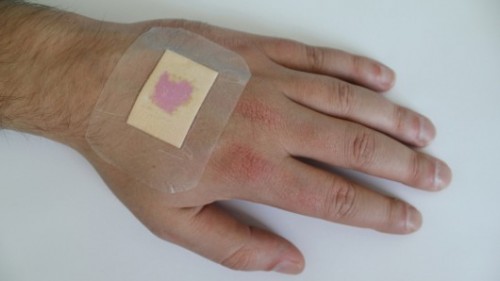
 Until very recently, biologists believed that once a virus enters a cell, a person’s immune system cannot combat that virus because antibodies cannot enter cells. But researchers at the Laboratory of Molecular Biology in Cambridge, UK, have uncovered evidence that antibodies can, in fact, enter cells. This opens up the possibility of attaching antiviral components to antibodies that can kill viruses inside cells:
Until very recently, biologists believed that once a virus enters a cell, a person’s immune system cannot combat that virus because antibodies cannot enter cells. But researchers at the Laboratory of Molecular Biology in Cambridge, UK, have uncovered evidence that antibodies can, in fact, enter cells. This opens up the possibility of attaching antiviral components to antibodies that can kill viruses inside cells: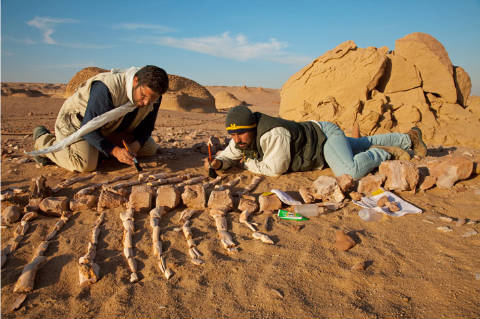
 German scientists hit electrons with light and then measured how they soon they moved. The delay between the bombardment and the movement of those electrons is the shortest interval of time ever measured, which is 20 attoseconds. An attosecond is one quintillionth of a second.
German scientists hit electrons with light and then measured how they soon they moved. The delay between the bombardment and the movement of those electrons is the shortest interval of time ever measured, which is 20 attoseconds. An attosecond is one quintillionth of a second.